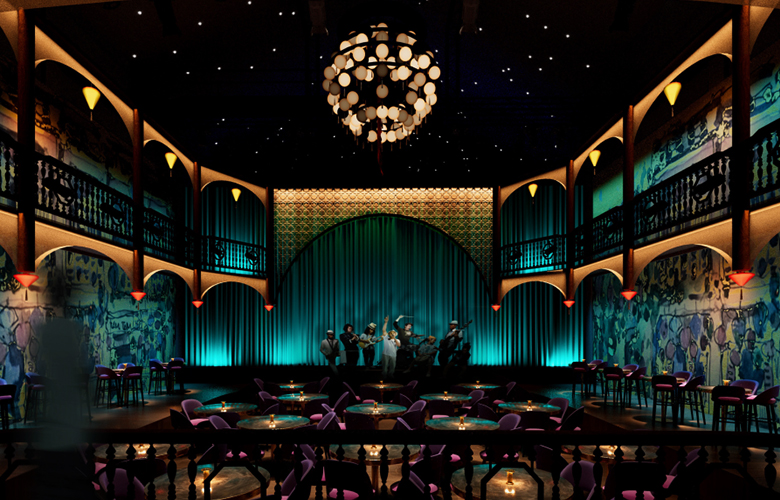
As designers specializing in theaters and performing spaces based in Vietnam, my company, SLA designers and I have been visiting and scouting a number of theaters and performing art spaces in the country for over five years now. We have also been meeting and exchanging with various professionals of the entertainment industry such as show directors, technicians, event organizers and investors.
Together with our French expertise background in theater design, we have a strong creative and technical knowledge in theater and performance typologies, which gives us a specific point of view to analyze the current situation of theaters in Vietnam and propose the specific answers that could be developed in this context.
This article is then a way to share our brief analysis and directions that could be developed in Vietnam.
The most famous theaters in Vietnam are certainly the Hanoi Opera House (600 seats) and Saigon Opera House (800 seats), both parts of the heritage with a long history of different uses and renovations. Today both operas would deserve a deep renovation but the investment for such building is costly because the theatre equipment and backstage areas are less and less operational, while the theater equipment are high technology imported products that also require a strong operation and maintenance budget.
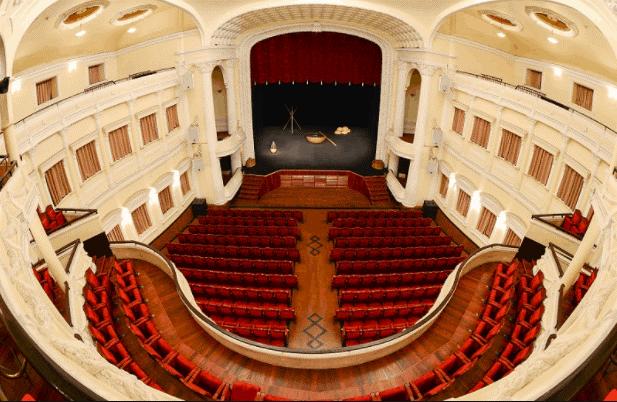
Other theaters we had tested have many issues from the audience point of view, with average quality of sight-lines and acoustic, which is crucial to really enjoy performances such as drama, dance or music. From the performers’ and technicians’ side on stage and backstage, the issues are about access and set up, for which they have to re-adapt their set to each theater on their tour. This is also crucial for the productions who are careful about choosing theaters where their set can fit to perform as planned and without extra cost.
We also noticed that most of the popular music big scale concerts, over 2000 seats are mostly outdoor, with temporary and removable set up. This type of installation for only one concert is actually very costly to set up, which can explain the high ticket price, and dependent on the weather with huge financial impact in case of canceling mostly during the rainy season.
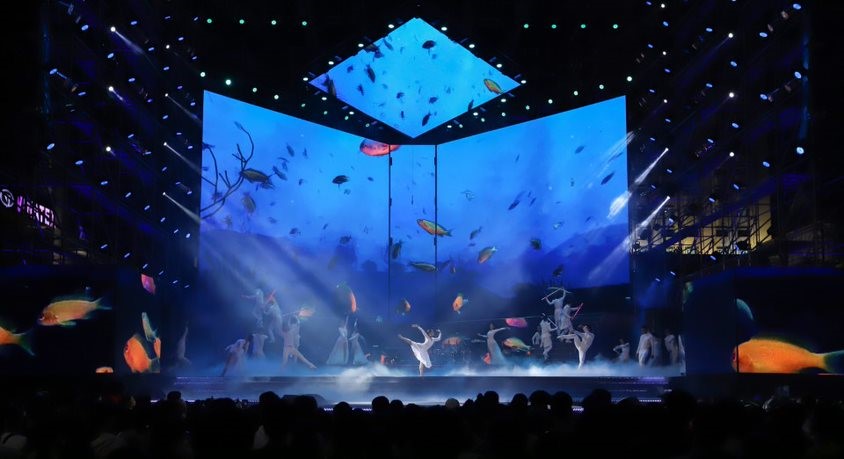
Recently, we also observed that several major groups implement large scale multimedia shows that reveal several issues from our point of view which are firstly the problem of scale between the numbers of seats around 3000 and what happens on stage which actually is not scaled accordingly. Also in terms of strategy, the budget is mostly invested in the equipment, while the part dedicated to content creation is not valued enough, whereas it is more vital than the equipment for a successful show.
The Hoi An Lune Center for Performing Arts (300 seats) is a good example of cost efficient and still iconic theater, with popular shows that are still touring all over the world, thanks to the passionate creators and the clever investors that make it happen.
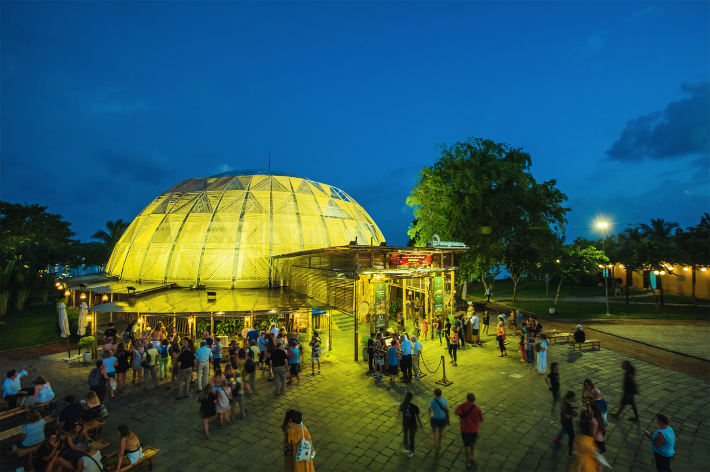
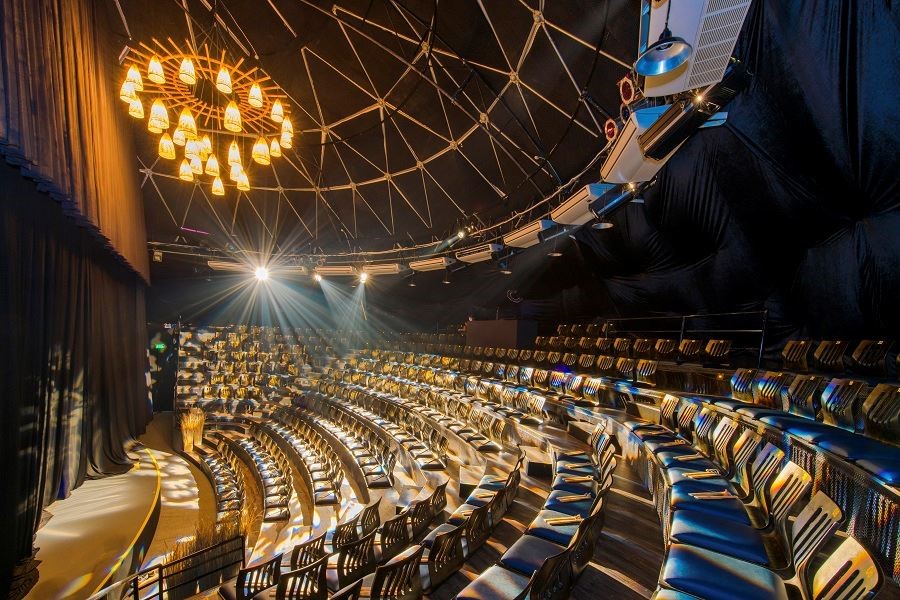
We often hear that we should have new operas in Vietnam, but we should be careful with terms because it refers to a specific theater typology, also dedicated to a certain type of performances that are ones of the most expensive, and requiring in house production and set design and extensive maintenance workshops, so at the end an important operation cost. It is why we proposed a transformable opera for Ho Chi Minh City, that can be used daily also for touristic purposes, offering cinema and panorama configurations, and more income to balance the maintenance budget.
Beside the classic opera theater many other typologies have been developed in the U.S. and Europe since the 70’s, with one of the most popular called Proscenium multiform theaters which are the most used for international tours by many companies for drama, dance, circus, musical, opera…. The program of such theater also usually includes a secondary auditorium called black box that can welcome more intimate performances in many kinds of stages / seating layout.
Regarding music and concerts, we really think that there are missing places dedicated specially for that in the major cities in the country, for Pop, Hip Hop, rock, etc… This type of performance space can be at a very different scale from 400 to thousands of seats, but they don’t require such costly machinery as the previous opera or proscenium type, but they have to be carefully designed in terms of scale, flexibility and acoustic to welcome different music shows almost every day.
We also trust that the hospitality industry can lead some changes in the theater’s typology, because the visitors and guests expect to be entertained when they travel, and they are more and more expecting quality shows. In this field we are now developing several projects called Eatertainment, a combination of F&B and entertainment, such as cabaret, or food court theater.
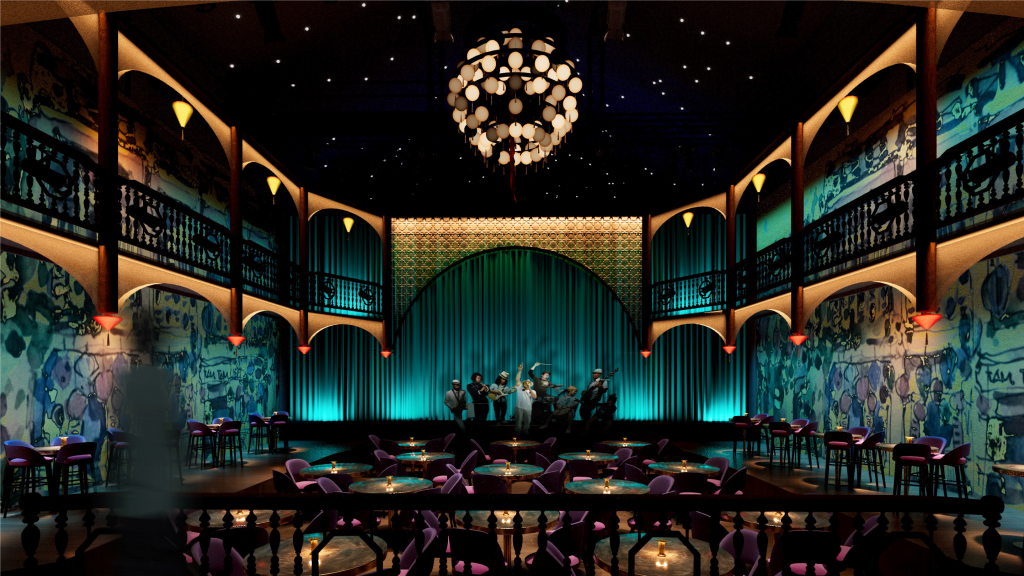
This type of program requires serious planning and to gather all experts in theater design , production and food industry, but the final products delivered to the guests are highly valuable to attract visitors.
Back on the historical operas, we imagine that they should be renovated focusing on welcoming classical music concert, that means the costly machinery would be not necessary anymore, but the acoustic and comfort for the audience should be deeply re-considered, combined with an new urban design environment to give these opera their full historic majesty.
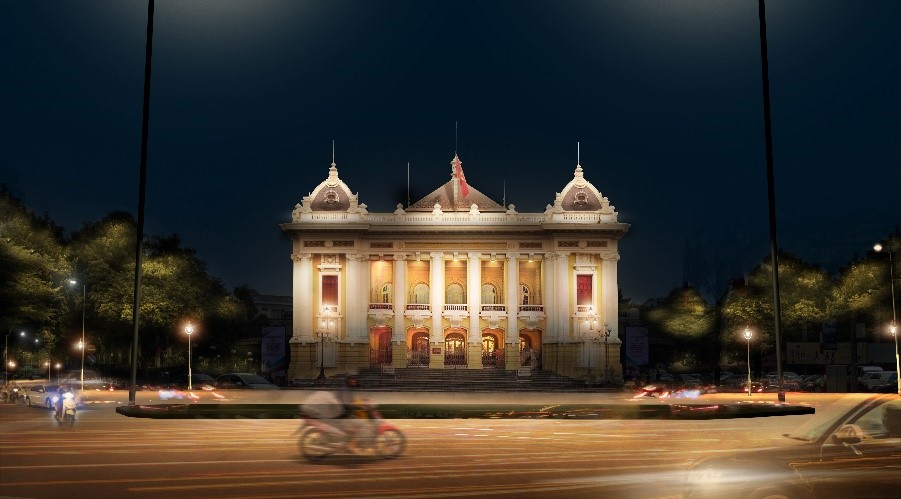
Buildings for performances require gathering architects and theater designer consultants, aside with acoustic, video, audio and stage lighting engineers according to the requirements of the type of theater, working closely along the investor, the operator, and the users. The theater designer consultant ensures the translation between all parties with the goal to deliver a functional theater for the performers and the technicians using the venue, and a perfect experience for the audience.
The theater designer is even usually called before the architecture to define the needs (type of performances, capacity), programming (type of theater, equipment) and budget (construction and operation). From our experience in Vietnam, we noticed that this lack of preparation impacts the full process of development with a lot of time wasting for different options testing and confusion in the impact for the operation of the venue, this till the bidding period where comes the time of reviewing for budget, safety of operation reasons. On this particular topic of safety, we also notice that the regulations regarding theater buildings certainly need to be reviewed and updated to the new evolution of space and equipment that are used for contemporary theaters.
Performing spaces reach their final destination when they welcome performances, which require professional technicians, show productions and operator teams. In Vietnam, these would involve the development of dedicated training in specialized schools, national funding support of production and professional operators that can manage international co-production because in the end, spaces for performance and the performing arts are linked, one and others will grow only by being together.
Cyril Lamy, Founder & Creative Director of SLA Designers
Contemporary Vietnamese Arts and Culture
Interview with Director Tuan Le: Nouveau Cirque du Vietnam
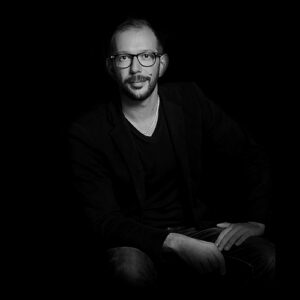

Cyril Lamy is the founder and creative director of SLA Designers, an awarded design agency merging Scenography, Lighting and Architecture. Graduate architect and scenographer from France, he lives and practices internationally for twenty years, particularly in Asia where he established his studio and gather a multidisciplinary design team since 2016. Cyril 's design approach combines space, light and story, with the goal to offer striking experience to visitors and audience. In his early practice, he collaborates and oversees thrilling operations, which must be mentioned a theater in France, a private art foundation in Thailand, the Chaplin's World Museum in Switzerland, bespoken auditoriums in China, and other series of projects in entertainment, cultural and art. Since he launched his own studio in Vietnam, Cyril strives to offer innovative creative and high technical services with the wish to raised cities nightlife quality and create unique spaces for culture and art. After six years of operation and more than seventy projects in Vietnam, he has elevated his studio to a leadership role in the region, collaborating with major developers and governments, and has reached a global recognition with several international trophies, publications, and speaker contributions. Today Cyril continues to increase public awareness for a sustainable design and business environment in SE- Asia, while he prospects for further worldwide exciting collaborations and projects.
Read Full Profile© 2021 TheatreArtLife. All rights reserved.

Thank you so much for reading, but you have now reached your free article limit for this month.
Our contributors are currently writing more articles for you to enjoy.
To keep reading, all you have to do is become a subscriber and then you can read unlimited articles anytime.
Your investment will help us continue to ignite connections across the globe in live entertainment and build this community for industry professionals.